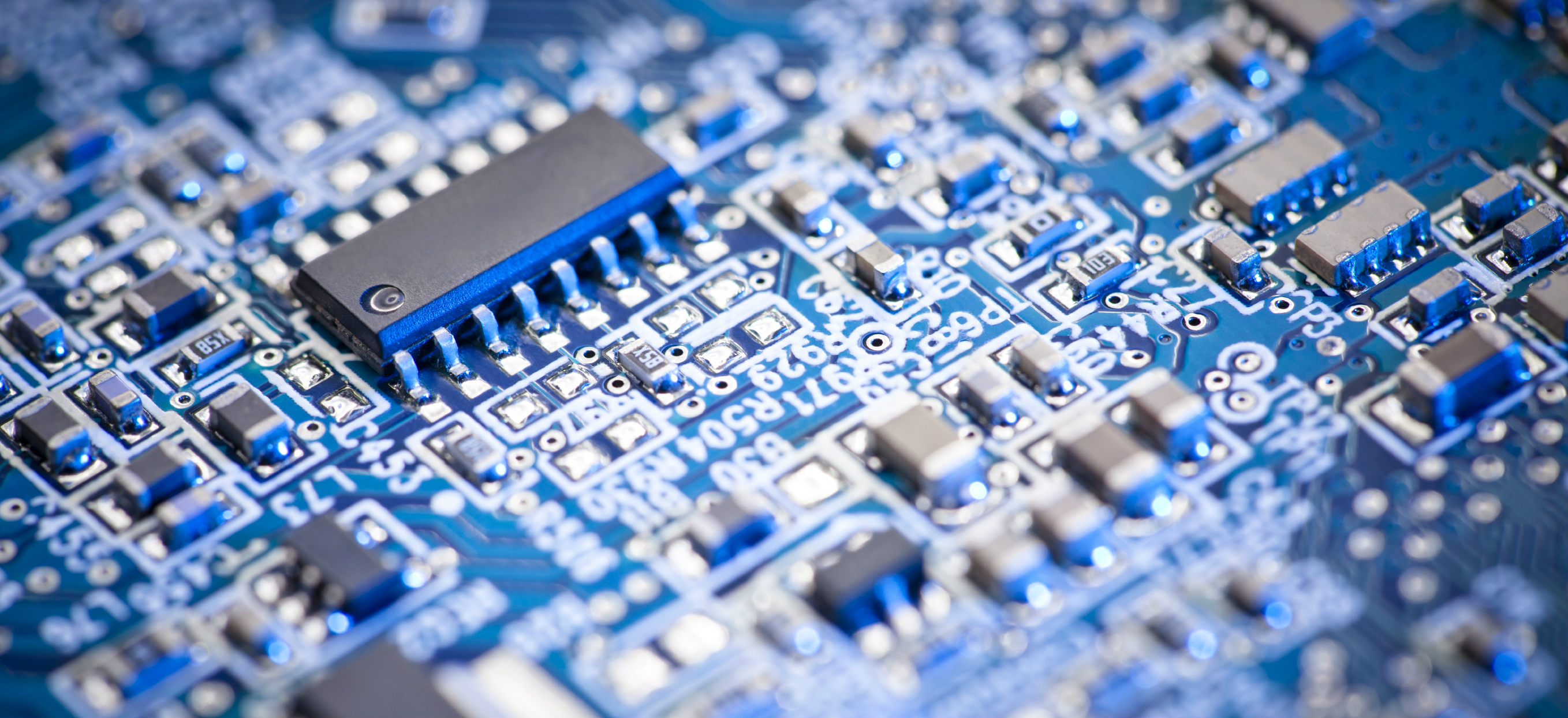A new method using vapour to grow designer tiny crystals, known as metal organic frameworks, could lead to a new breed of faster, more powerful electronic devices.

Circuit board
A new method for growing designer crystals could lead to faster, more powerful electronic devices.
Many of us are all-too familiar with that sinking feeling that comes from jumping in the pool for a refreshing swim, only to realise our smartphone is still in our pocket. Or the dismay when our laptop comes off second best when pitted against a leaking drink bottle in our gym bag.
As a rule, electronics equipment and liquid just don’t mix. The latter has a serious reputation for corroding and damaging the delicate circuitry that keeps our favourite devices alive.
That’s why a new method that uses vapour– rather than liquid – to grow designer crystals could lead to a new breed of faster, more powerful electronic devices.
The crystals known as ‘metal organic frameworks’ or MOFs, are the world’s most porous materials. While they won’t make your phone impervious to the danger of pools, if applied to microelectronic devices they could significantly boost their processing power.
These MOF crystals have an extremely large surface area, making them up to 80 per cent empty inside. Put another way; one gram of MOF crystals has a surface area of over 5000 square metres – that’s the size of a football field.

Dr Mark Styles alongside our specialist X-ray analysis equipment.
Dr Mark Styles alongside our specialist X-ray analysis equipment.
We can use this vast space to trap other molecules, which can change the properties of a material. In the case of electronics, this means we can fit a lot more transistors on a microchip, making it faster and far more powerful.
Our researcher Dr Mark Styles explains:
“Electronic devices don’t like the liquid solvent that’s used to grow MOF crystals – you could say that liquid is the kryptonite of electronics,” Dr Styles said.
“Our new vapour method for growing and applying MOF crystals overcomes this barrier and has the potential to disrupt the microelectronics industry.”
The international team was led by the University of Leuven in Belgium. It also included researchers from the National University of Singapore, and drew on specialist X-ray analysis techniques and expertise from CSIRO and the Australian Synchrotron.
This invention is the latest in a string of developments that harness the power of designer MOF crystals.
MOFs have the potential to shake-up a number of industries including energy, agriculture and pharmaceuticals. We’ve already used these tiny crystals to develop a molecular shell to protect vaccines, a ‘solar sponge‘ that can capture and release carbon dioxide emissions and plastic material that gets better with age.
Find out more about MOFs, and how they could change your industry on our website.


2nd January 2016 at 4:53 am
Great Post .!